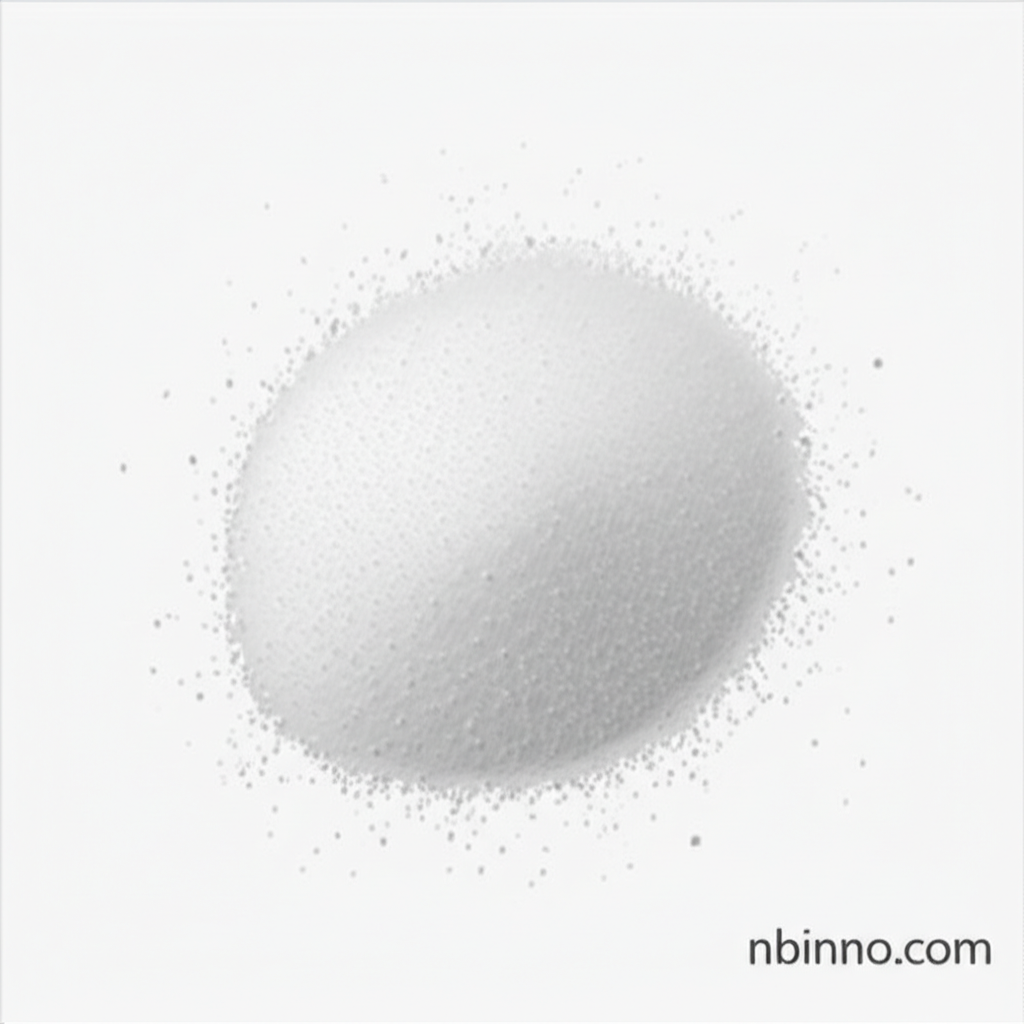Fmoc-Gly-OH: A Crucial Building Block for Peptide Synthesis and Beyond
Discover the indispensable role of Fmoc-Gly-OH in advancing peptide synthesis and chemical research.
Get a Quote & SampleProduct Core Value

Fmoc-Glycine
Fmoc-Gly-OH is a cornerstone reagent in modern peptide synthesis, valued for its simplicity and reliability. As the most basic Fmoc-protected amino acid, it plays a critical role in constructing complex peptide chains.
- This non-chiral amino acid building block is essential for various peptide synthesis strategies, enabling precise chain elongation.
- Its application in SPPS allows researchers to create complex protein structures for diverse scientific studies.
- The versatility of Fmoc-Gly-OH extends to drug development, aiding in the design of novel peptide-based therapeutics.
- Researchers leverage this amino acid derivative for SPPS, ensuring high purity and yield in peptide production.
Key Advantages Provided by the Product
Simplicity and Chirality
As the simplest amino acid, Fmoc-Gly-OH lacks a chiral center, simplifying synthetic routes and making it a preferred choice for specific applications in peptide synthesis.
Broad Applicability
Beyond core peptide synthesis, its use in biochemical reagents and organic chemistry highlights its broad utility across various research and development fields.
Reliable Purity
With a purity typically exceeding 99%, Fmoc-Gly-OH ensures consistent and dependable results in demanding synthesis protocols, a key factor for buy Fmoc-Gly-OH online.
Key Applications
Peptide Synthesis
Fmoc-Gly-OH is a fundamental building block in Solid Phase Peptide Synthesis (SPPS), facilitating the stepwise assembly of peptides with high fidelity.
Biochemical Reagents
It serves as a critical component in the creation of various biochemical reagents used in research and diagnostic applications.
Drug Development
In the pharmaceutical sector, Fmoc-Gly-OH is instrumental in the synthesis of peptide-based drug candidates, contributing to the development of new therapies.
Organic Chemistry
Its reactive functional groups make it a versatile intermediate in broader organic synthesis projects, enabling the creation of novel molecules.
